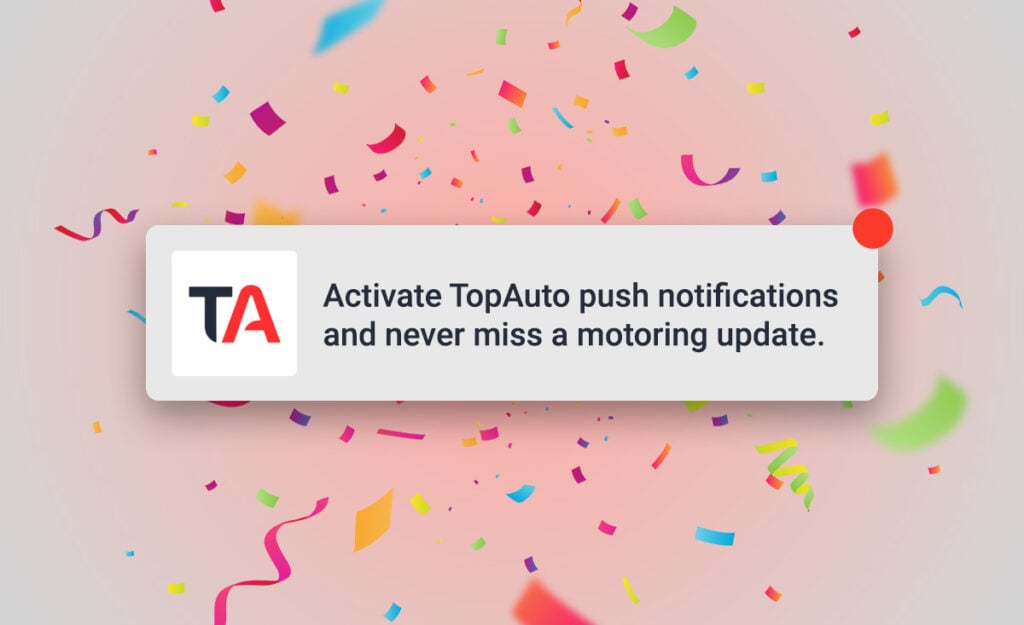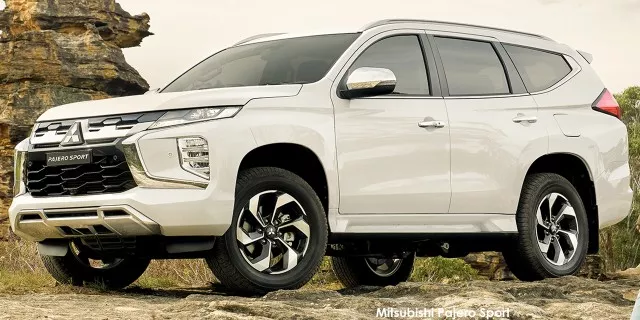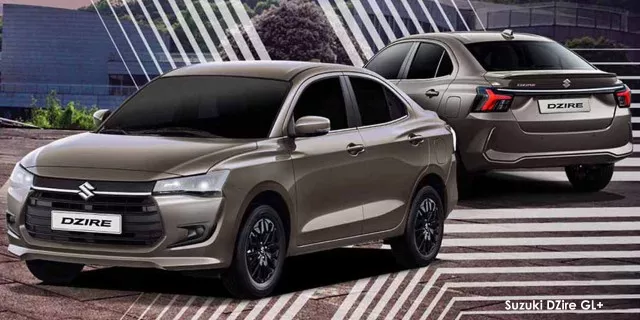Zipper merge – A driving technique all South Africans should know

If you’ve had your licence for more than a few months, you’ve likely come across a scenario where two lanes turn into one, creating a frenzy of motorists who are all trying to merge into a single lane.
One comes over early, while the other waits until the last second, leading to traffic jams, blowing horns, and even the occasional hand signal out the window – you know the one I’m talking about.
A way to fix this frustration is for all South Africans to start using a little technique called the Zipper Merge.
Introducing: The zipper merge
Most drivers in South Africa were taught to use the early-merge method.
With this technique, you’re told to merge as soon as possible as waiting until the last moment is rude.
“This method is fine in low traffic when vehicles are moving at freeway speeds,” said Arrive Alive.
“Studies have, however, shown that the early merge has shortcomings in heavy traffic.”
Early merging sees more fender benders and longer traffic delays than late merging, a.k.a. zipper merging, as drivers are not on the same page and the ones who merged sooner do not want to give space to those who wanted to come in later.
The zipper merge is thus advantageous in more ways than one.
When employing the zipper merge, motorists don’t immediately merge when approaching a lane closure.
Instead, vehicles continue using both lanes of traffic until reaching the designated merge area.
Then, vehicles in the closed lane alternate entry into the open lane.
“Drivers in merging lanes are expected to use both lanes to advance to the lane reduction point and merge at that location, alternating turns,” said Arrive Alive.
“It looks a bit like teeth on a zipper coming together.”
Admittedly, the late-merge method has not been found to increase throughput, described as the number of vehicles that pass through a point in a given period.
However, it considerably reduces queue length as well as speed differences between the two lanes, thereby creating a more orderly merging process and increasing safety.
It has been found that the zipper merge cuts the overall length of traffic backup by as much as 40%.
Other potential benefits of a zipper merge, as per Arrive Alive, include:
- Increased traffic capacity through the reduced lane zone
- Reduces the overall length of traffic backup
- Decreases the number of collisions
- Creates a sense of fairness and equity
“Campaigns are often held globally to promote the late merge method because irritation, aggression and feelings of insecurity easily occur while “zipping”,” said Arrive Alive.
“Often drivers who change lanes too early do not like to see other drivers continue to speed along until the end of the drop-away lane.”









